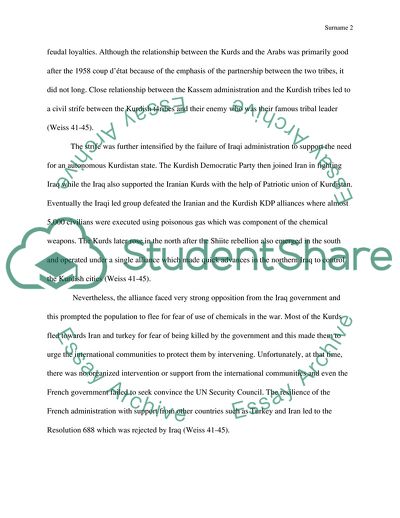Cite this document
(Refugee and Migration Movements Essay Example | Topics and Well Written Essays - 2000 words, n.d.)
Refugee and Migration Movements Essay Example | Topics and Well Written Essays - 2000 words. https://studentshare.org/history/1802726-refugee-and-migration-movements
Refugee and Migration Movements Essay Example | Topics and Well Written Essays - 2000 words. https://studentshare.org/history/1802726-refugee-and-migration-movements
(Refugee and Migration Movements Essay Example | Topics and Well Written Essays - 2000 Words)
Refugee and Migration Movements Essay Example | Topics and Well Written Essays - 2000 Words. https://studentshare.org/history/1802726-refugee-and-migration-movements.
Refugee and Migration Movements Essay Example | Topics and Well Written Essays - 2000 Words. https://studentshare.org/history/1802726-refugee-and-migration-movements.
“Refugee and Migration Movements Essay Example | Topics and Well Written Essays - 2000 Words”. https://studentshare.org/history/1802726-refugee-and-migration-movements.


